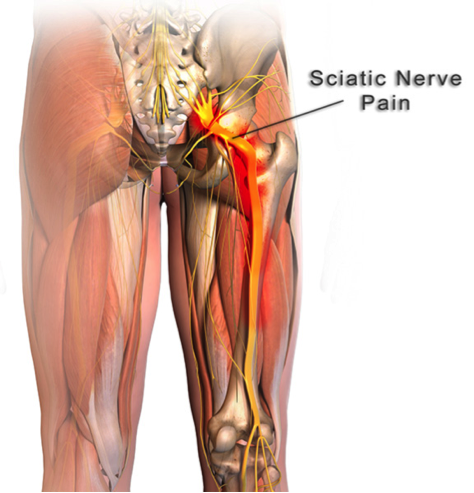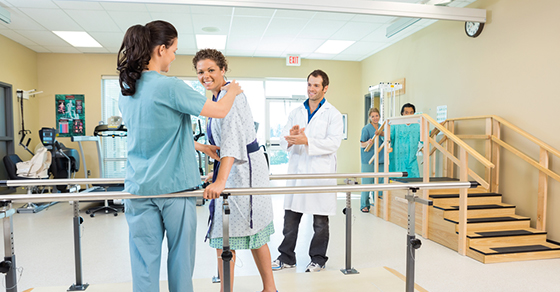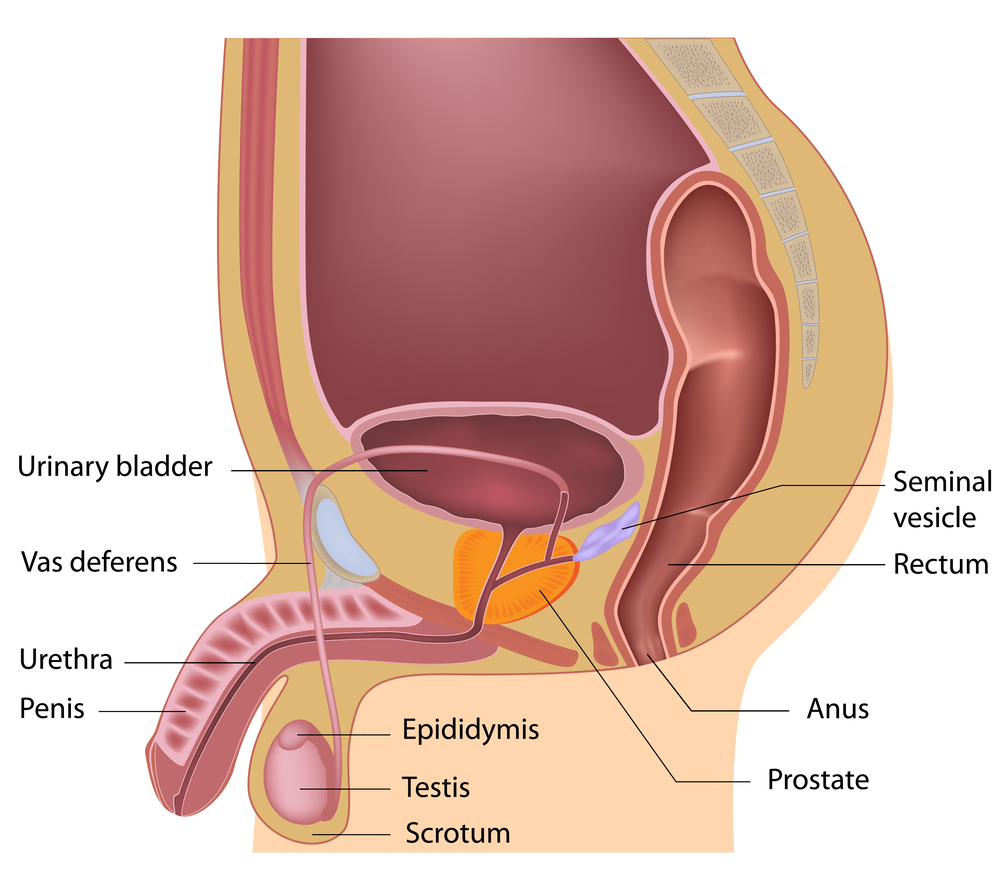
Sciatica
Sciatica Treatment Mississauga
Sciatica Treatment Mississauga is available at all of our PhysioNow Clinics!
Sciatica refers to back pain caused by an inflammation with the sciatic nerve. This is a large nerve that runs from the lower back down the back of each leg. When something irritates or puts pressure on the sciatic nerve, it can cause pain in the lower back that spreads to the hip, buttocks, and leg. Sciatica Treatment Mississauga can help!
Symptoms
The most common symptoms of sciatica are
• lower back pain that extends through the hip and buttock and down one leg.
• The pain usually affects only one leg and may get worse when you sit, cough, or sneeze.
• The leg may also feel numb, weak, or tingly at times.
• The symptoms of sciatica tend to appear suddenly and can last for days or weeks
Causes
• Sciatica is caused by irritation of the root(s) of the lower lumbar and lumbosacral spine.
• Lumbar spinal stenosis (narrowing of the spinal canal in the lower back)
• Degenerative disc disease (breakdown of discs, which act as cushions between the vertebrae)
• Spondylolisthesis (a condition in which one vertebra slips forward over another one)
• Pregnancy
• Muscle spasm in the back or buttocks
Physiotherapy treatment of Sciatica
Sciatica Treatment Missisauga involves treatments that focus on prevention and management of injuries or disabilities.Sciatica Treatment Mississauga helps to relieve pain, promote healing, and restore function and movement.
A Physiotherapist may focus on decreasing pain with either passive or active therapy.
Passive Physiotherapy may include:
• Manual therapies
• Heat/ice packs
• Electrical stimulation, including TENS units or IFC (Interferential Therapy)
• Ultrasound
• Acupuncture
. Registered Massage Therapy
Active Physiotherapy may include:
• Movement based activities, including stretching and range of motion exercises
• Specific strengthening exercises
• Very Specific Pain relief exercises
Overall, Sciatica is a very debilitating condition which can affect your activities of daily living. PhysioNow Mississauga has excellent Registered Physiotherapists who can help you to overcome your sciatica problem and improve your quality of life. Call today! 289-724-0448


 Female & Male pelvic pain
Female & Male pelvic pain


